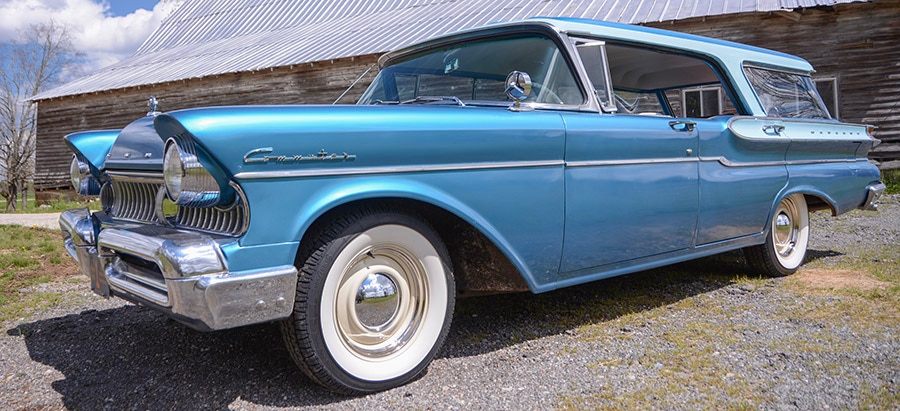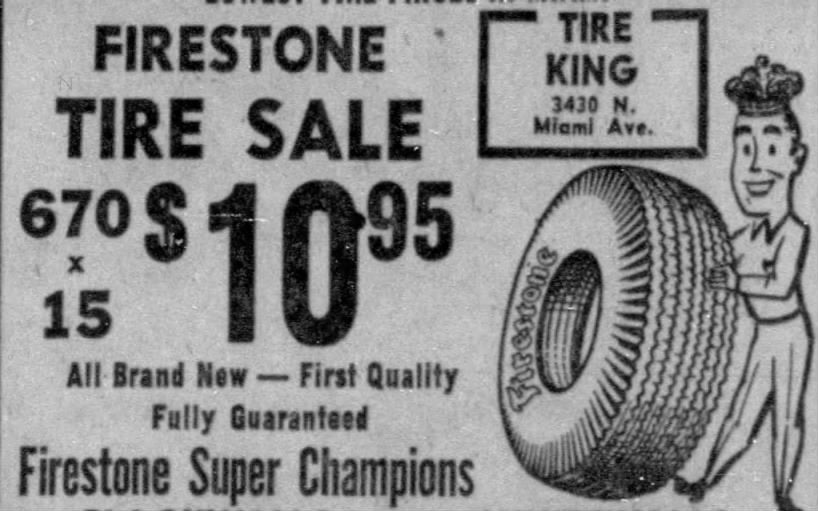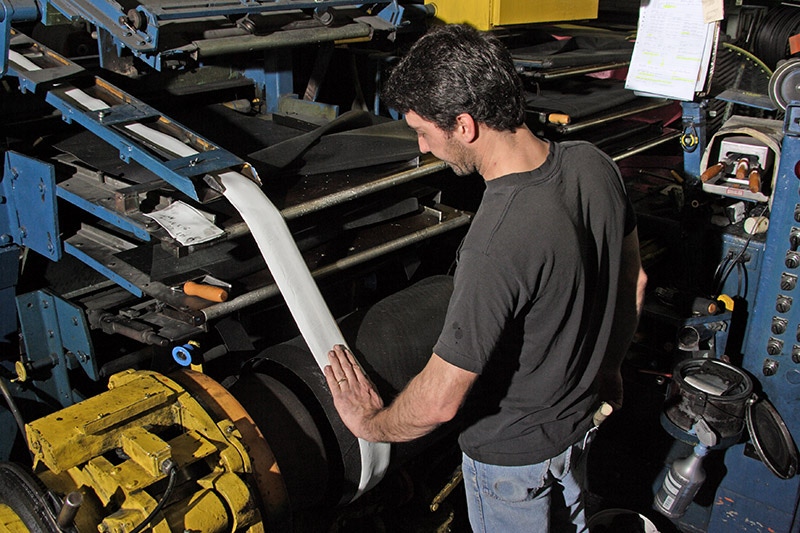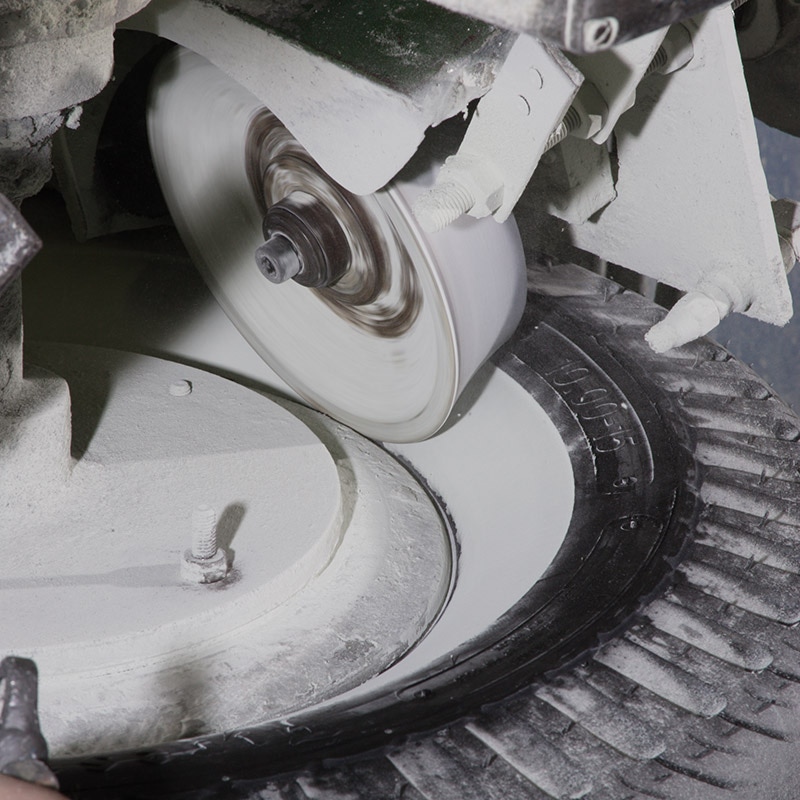Why are Whitewall Tires Expensive?


If you've been a car enthusiast for a long time, then you probably remember when $100 would buy a new set of tires for your daily driver or some cool Pro Trac tires for your street machine or hot rod. Historically, whitewall tires were always viewed as an upgrade from blackwall tires, so they were naturally more expensive than the standard. Name brands also play a role in the pricing discrepancies. The reality is that time gets away from us and inflation sneaks up incrementally, but for whitewall tires in particular, the transition from commodity tires to specialty tires drove up the price, as manufacturing quantities decreased.
Whitewall Tire History
Whitewall tires came about more than 100 years ago. Before that, most tires were completely white in color. Tire manufacturers toyed with various formulas for the rubber compound, going from a natural rubber color (off white) to a bright white. The findings were that the white rubber didn't hold up to the rigors of the day's roads. B.F.Goodrich was the first company to add carbon black to the rubber formula, in an effort to stregthen the tire. Heading into the 1920's, white rubber on the sidewall became more about decoration than a structural part of the tire. While some luxury auto manufacturers offered whitewall tires, the special tires didn't become common until 1934 when Ford Motor Company offered them as an affordable upgrade.


How Whitewall Tires are Made
Whitewall tire manufacturing requires more steps than standard blackwall tires, and this has always been the case, dating back to the 1920's. The white rubber is used early in the tire production process, and requires additional work after the tire comes out of the mold.


A strip of white rubber is fed out of a machine and added to the tire as it is being assembled. This happens long before the "green tire" is placed in the mold to define its shapes and style.
After the tire comes out of the mold, it is then placed in a fixture where a light abrasive cleans any residue off of the whitewall area. This is a labor intensive process--you won't find any robots or automated process here.


Whitewall tire manufacturing has a completely different set of quality control standards than regular commodity tires. Because these are special tires that will be installed on special cars, the white sidewalls must be free of blemishes, stains or inconsistencies. The added steps in the process, combined with the low-quantity production results in a tire that is naturally more expensive than regular passenger car tires at the local tire shop. We do not hide the fact that whitewall tires are expensive, but we're proud of the process, as it is exactly how whitewall tires were made back in the day. Even though we use modern materials and machinery to produce these classic tire styles, the process is true to the original concept, and this genuine construction sets us apart from our competition in the specialty tire market. The result is a long-lasting tire that offers the perfect finishing touch for any 1920's through 1960's car or truck.
